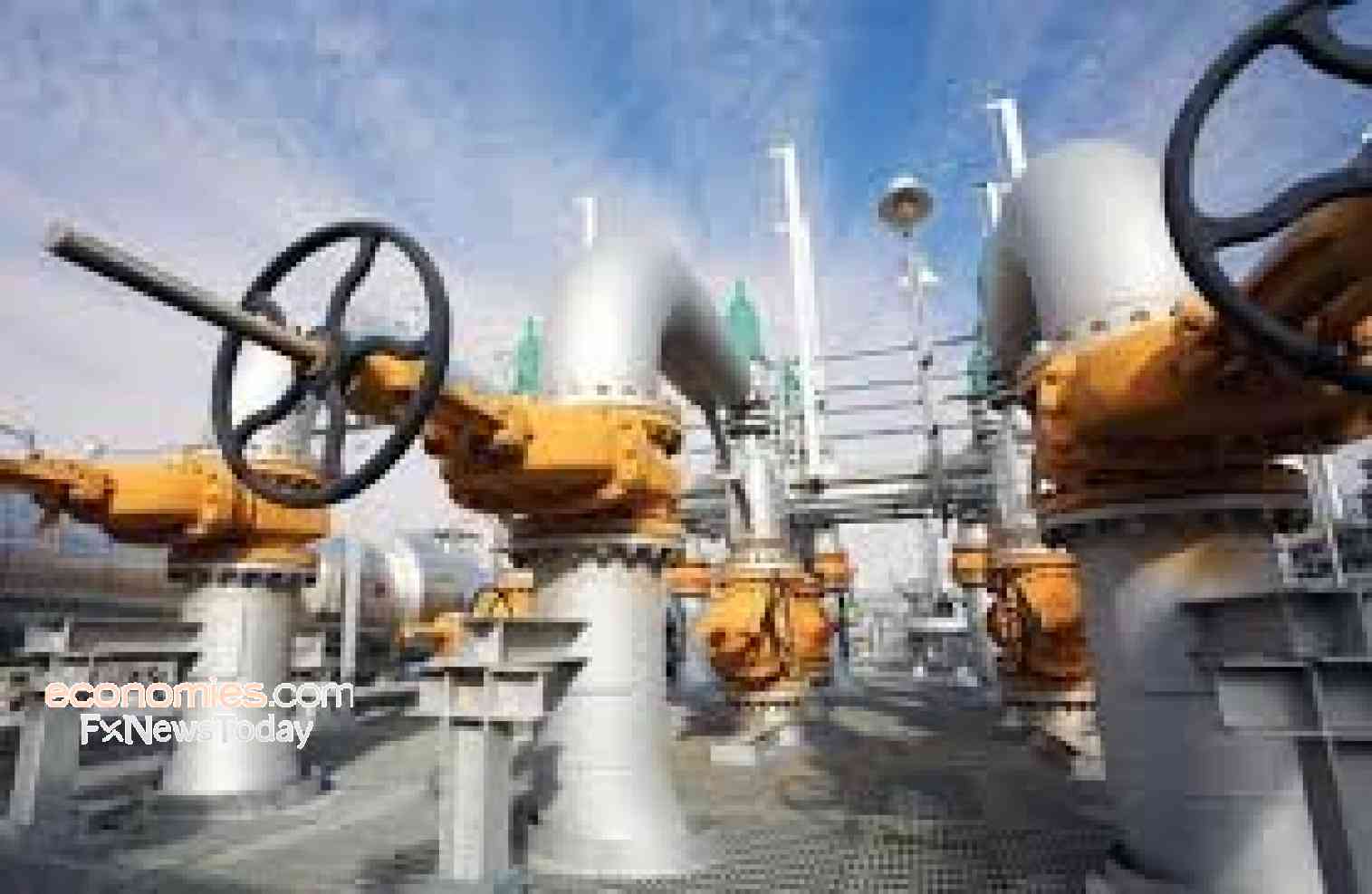Soybeans scale four-week highs as eyes on US-China trade talks
Soybean futures tilted higher in American trade to December 12 highs as the dollar index fell off June 2017 highs for the eleventh session out of 17.
That follows earlier data from the US, the world's largest soybean producer and exporter, while investors look for the results of the ongoing US-China trade talks in Beijing.
As of 08:58 GMT, soybean futures due in March rose 0.30% to $9.2425, marking four-week highs, while the dollar index tumbled 0.50% to 97.50, plumbing October 22 lows.
Earlier US data showed the ISM services PMI receded to 57.6 in December from 60.7 in November, missing estimates of 59.6.
Otherwise, US trade secretary Wilbur Ross noted how the US and China could reach a good settlement when it comes to direct trade, but the structure of trade issues and their execution may prove a more difficult process, noting how China is awakening to its economic dependence on US trade.
Chinese President Xi Jinping noted in recent remarks how his country made over a 100 reformative measures in 2018, with the world witnessing an economic opening for foreign investment.
Jinping avoided the subject of the ongoing US-China trade dispute, especially after an agreement with President Donald Trump to put off planned US hikes on Chinese products until negotiations settle.
It was a truce reached at the G20 Summit in Argentine last month in hopes of putting down the fire of a trade war between the two largest economies in the world.
Some Chinese reports indicated the People's Central Bank might cut growth forecasts for the last quarter of 2018 to below 6.5%, with Chinese companies facing many challenges such as slower growth and US tariffs.
US President Donald Trump also noted last month that China will be buying "huge amounts" of US soybeans following his meeting with Chinese President Xi Jinping in Argentine, adding China has returned to market in regard to US grain products.
Recent reports indicated China plans to buy the first patch of US soybean since the trade war in June to fulfill its part of the deal with President Trump and as negotiations go through for the first three months in 2019.
Ripple loses ground as the week opens up
Ripple tilted lower on Monday, resuming the losses of last week and turning negative for the year.
As of 08:26 GMT, Ripple shed 0.18% to $0.37613, with an intraday low at $0.37080, and a high at $0.38608, with Ripple's market value receding to $15.02 billion.
Ripple lost is place last week as the second most valuable cryptocurrency in market value to ethereum yet again amid issues facing the instant payment services RippleNet.
The Path of Ripple
It's worth mentioning that Ripple was first launched on March 7, 2015, to start trading at $0.015, with the virtual currency losing nearly two thirds of its value by early 2016 to $0.0059, before rising 5% during 2016 to $0.0063, and then skyrocketing 28,000% to $1.748 by the end of 2017, before marking unprecedented highs in January at $3.30, then losing up to 90% of value on a violent selloff wave that stormed crypto assets this year.
Ripple then reversed nearly 80% higher in only a few days in September on positive news for the cryptocurrency and its standing between major financial institutions.
GCC petrochemical revenues hit $84 billion in 2018
Revenues from the Gulf’s petrochemicals reached $84 billion in 2018, down 8% from their previous levels, said Abdul Wahab Al Saadoun, Secretary General of Gulf Petrochemicals & Chemicals Association (GPCA).
Speaking to Al-Arabiya TV, the official said that this decline is ascribed the tendency to use high-performance materials that are used at a lower scale but enjoy high yields and create jobs, in addition to creating other manufacturing industries in the region.
Around 80% of petrochemical sector is directed to export, said Al Saadoun, adding that Asian markets are among the main markets, especially the Chinese market that dominates 25% of those exports.
The official expects the chemicals sector in GCC to grow by 4% year-on-year till 2022, said Al Saadoun, adding that the petrochemicals sector provides around 600,000 direct and indirect. jobs.




